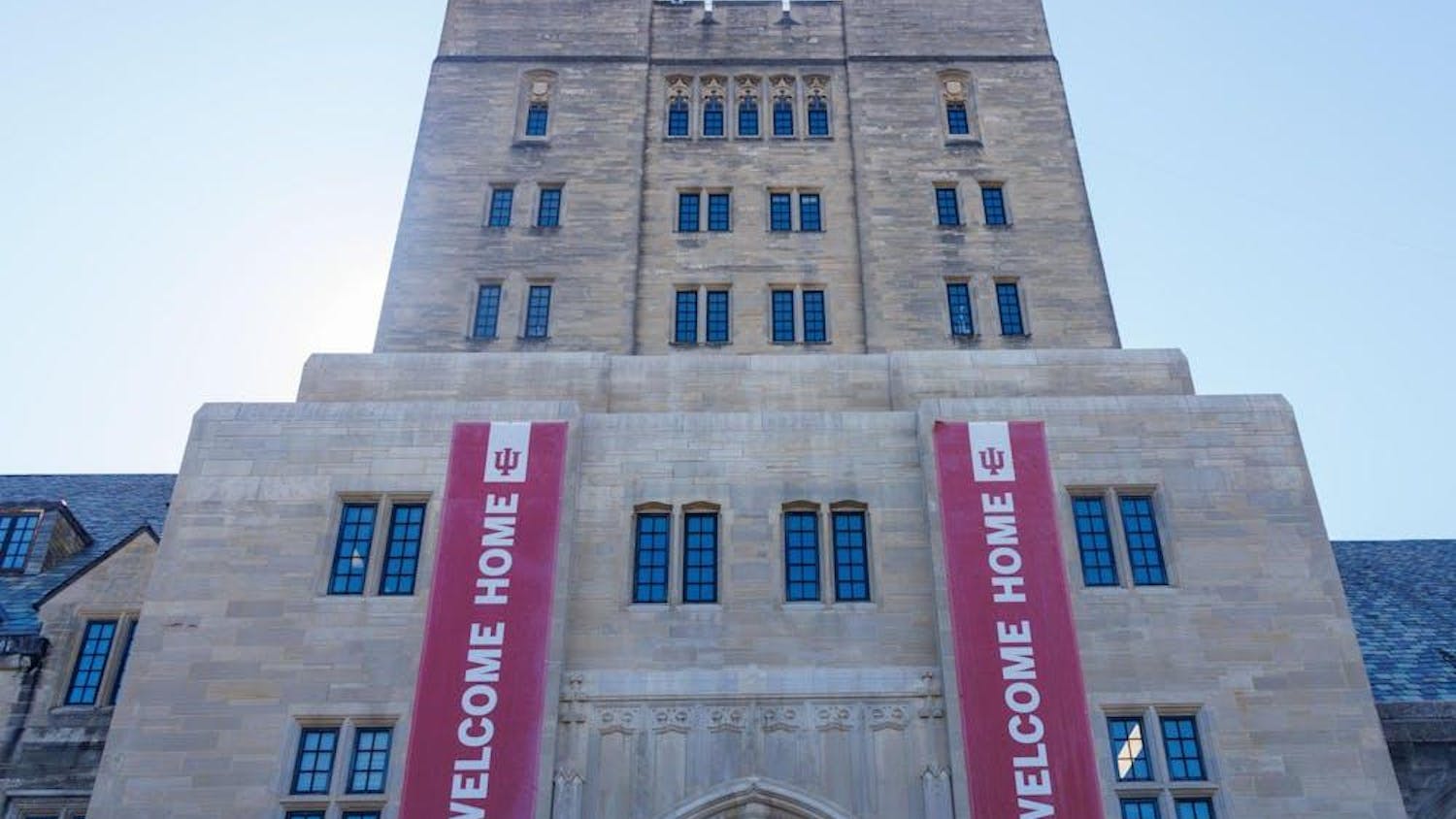ROME -- A hole discovered in a tunnel adjacent to the U.S. Embassy in Rome was large enough to crawl through, and embassy officials said Monday that water pipes leading to the building were circled on a map that was seized along with a cyanide compound in a raid that led to nine arrests.\nHowever, the suspects, all Moroccans, have not been cooperating with Italian authorities who lack hard evidence that an attack was being planned on the embassy, the officials said.\n"It's too premature," to know what the aim was, said one embassy official, on condition of anonymity. "We just don't know." The Rome embassy came under threat one year ago in a thwarted plot blamed on Osama bin Laden's al Qaeda network.\nItalian news reports have said investigators believe the Moroccans were involved in a plot to either pump gas into the embassy or poison the water supply.\nOn Tuesday, security experts from the State Department will inspect the tunnel that was marked on the suspects' map of Rome's underground utility lines. The tunnel runs under Via Boncompagni, a street flanking one side of the heavily-guarded U.S. Embassy complex on the fashionable Via Veneto.\nAfter the arrest of the Moroccans last week, a hole was found Wednesday in the tunnel, which contains electric and telephone lines, embassy officials said.\nAccording to the official, Italian news reports that the tunnel also held gas lines were incorrect. In addition, the water pipes supplying the embassy are located outside the tunnel and an official said "it would have been very difficult" to use the tunnel to reach the water pipes.\nEmbassy officials said it is not yet known when the hole was made. Italian police refused to comment Monday about the tunnel but U.S. diplomats said underground inspections around the embassy have been taking place daily since the Moroccans were arrested.\nRome's tunnels are accessible through manholes. For safety and security reasons, each end of the tunnel near the embassy is sealed off by a three-foot thick concrete wall.\nEmbassy officials said Monday that one of the walls had been "chipped away," to a depth of about two feet -- a large enough gap to allow someone to crawl through.\nThe Moroccans, arrested in raids on two apartments in a poor neighborhood on the outskirts of Rome, also had a tourist map with the U.S. Embassy circled.\nIn an initial appearance before a judge Sunday, the suspects denied being part of a terrorist group and said they didn't know how the chemical compound got into the apartment. They were ordered held on charges of subversive association. Defense attorney Domenico Martelli said he would appeal the judge's order.\nEmbassy employees were briefed by the U.S. ambassador, who urged them to be aware of changes in their surroundings as part of security measures which officials described as already tight.\n"It is nearly impossible to increase our security," one official said.\nThe embassy was closed for three-days in January 2001 in response to credible threats of a possible attack. Officials have since blamed a plot to bring down the embassy -- a 19th century building -- on al Qaeda operatives in Europe. As part of an ongoing investigation into al Qaeda, Italian authorities have arrested a dozen suspects and a court there recently convicted Essid Sami Ben Khemais -- suspected of being bin Laden's logistics chief in Europe. Ben Khemais was sentenced to five years for criminal association with the intent to obtain and transport arms, explosive and chemicals.\nSince Sept. 11, authorities across Europe have discovered a few plots -- many thought to have involved al Qaeda -- including a scheme to blow up the U.S. Embassy in Paris.
Possible terror plot targets embassy
Investigation centers arounds sewers near embassy in Rome
Get stories like this in your inbox
Subscribe



